October Friday the 13th and The Knights Templars: The Origin of Friday the 13th and Why We Fear This Date
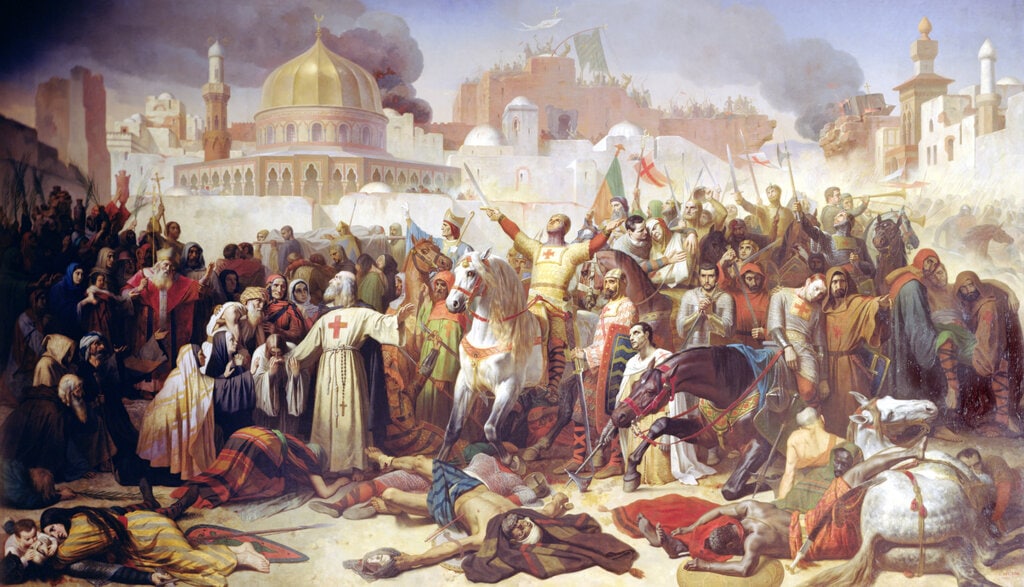
On Friday the 13th, the Knights Templars faced their downfall on this cursed day. This day is seen as the unluckiest day of the year. On a seemingly ordinary day in history, a series of events unfolded that would forever shape the legacy of an influential medieval order.
The arrest of the Templars on October Friday 13th is the origin of the superstition and holds a significant place in the annals of time as it marks the fall of the religious order of the Knights Templar, a renowned group of warrior monks (their actual title being, The Poor Fellow-Soldiers of Christ and of the Temple of Solomon). This fateful day, when these knights were accused of heresy, is at the origin of Friday the 13th.
Their downfall not only throughout France but Worldwide is surrounded by mystery and intrigue; it has become intertwined with legends and conspiracy theories that continue to captivate the imaginations of many. This article will delve into the historical background, demise, and lasting impact of the Knights Templar, shedding light on their connection to the infamous date. However, see our magazines for more in-depth and Gnostic interpretations regarding this and the Knights Hospitaller. The articles within our magazines are comprehensibly more extensive than those previously explored in the da Vinci Code.
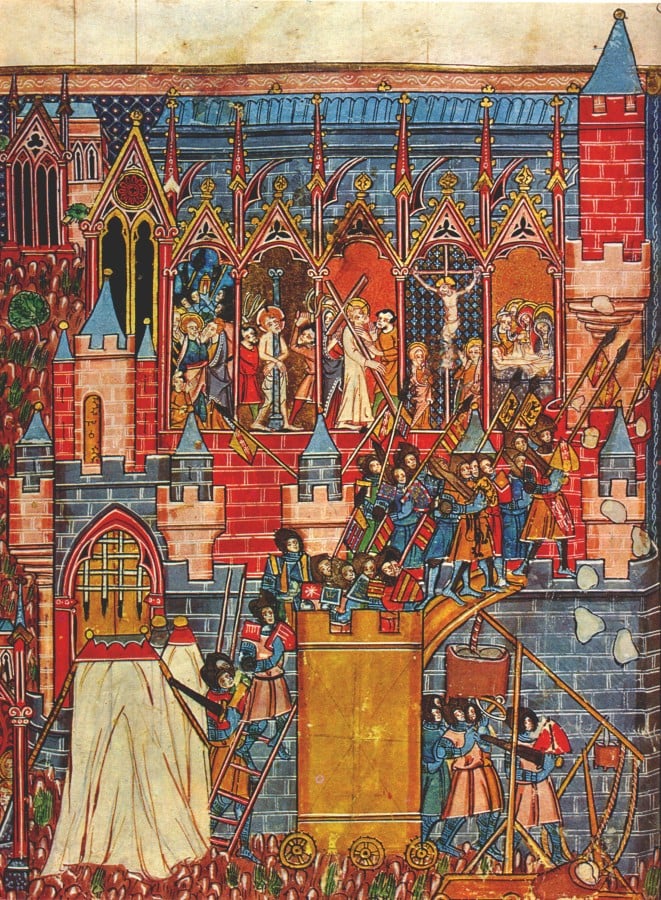
To fully appreciate the significance of Friday the 13th in relation to the fall of the Knights Templar, it is essential to understand its historical context. Throughout history, superstitions surrounding this day have carried weight for different cultures around the world. The convergence of these beliefs with the momentous events affecting a prestigious order like the Templars adds another layer to their story.
The rise and subsequent fall of the Knights Templar stem from their fascinating origins as holy warriors during medieval times. Initially established in Jerusalem following the First Crusade in 1099, they quickly gained prominence for their military prowess and financial influence. Their power extended beyond religious boundaries into realms such as banking and commerce, amassing considerable wealth along the way.
Knights Templars and King Philip IV of France (Philippe le Bel)
Join us on this journey as we explore how the King of France and his desire for power led to dire consequences for this celebrated order. We will unravel details about his motivations behind dismantling them and examine how false accusations ultimately resulted in their tragic demise. Furthermore, we will delve into how torture played a role in extracting confessions from innocent Templars, leading to fabricated charges against them. Many think this arrest was aimed primarily at confiscating their treasure; however, it was more the seizure of the power they held that Philippe le Bel sought. It must be remembered that Philippe le Bel accused the knights of heresy. There were Templars arrested throughout Christendom.
In examining what transpired on that fateful day on October, we will not only uncover historical truths but also explore enduring legends and conspiracy theories encircling this enigmatic group. From whispers of hidden treasures to claims of secret societies carrying on their legacy, the fall of the Knights Templar remains a topic of intrigue and fascination to this day.
Historical Background: The Crusade of the Holy Land
The Knights Templar, a medieval Catholic military order, had a fascinating historical background that played a crucial role in their rise to power. The order was initially founded in 1119 C.E. by a group of nine French knights, including Hugues de Payens, with the mission to protect Christian pilgrims traveling to the Holy Land during the time of the Crusades.
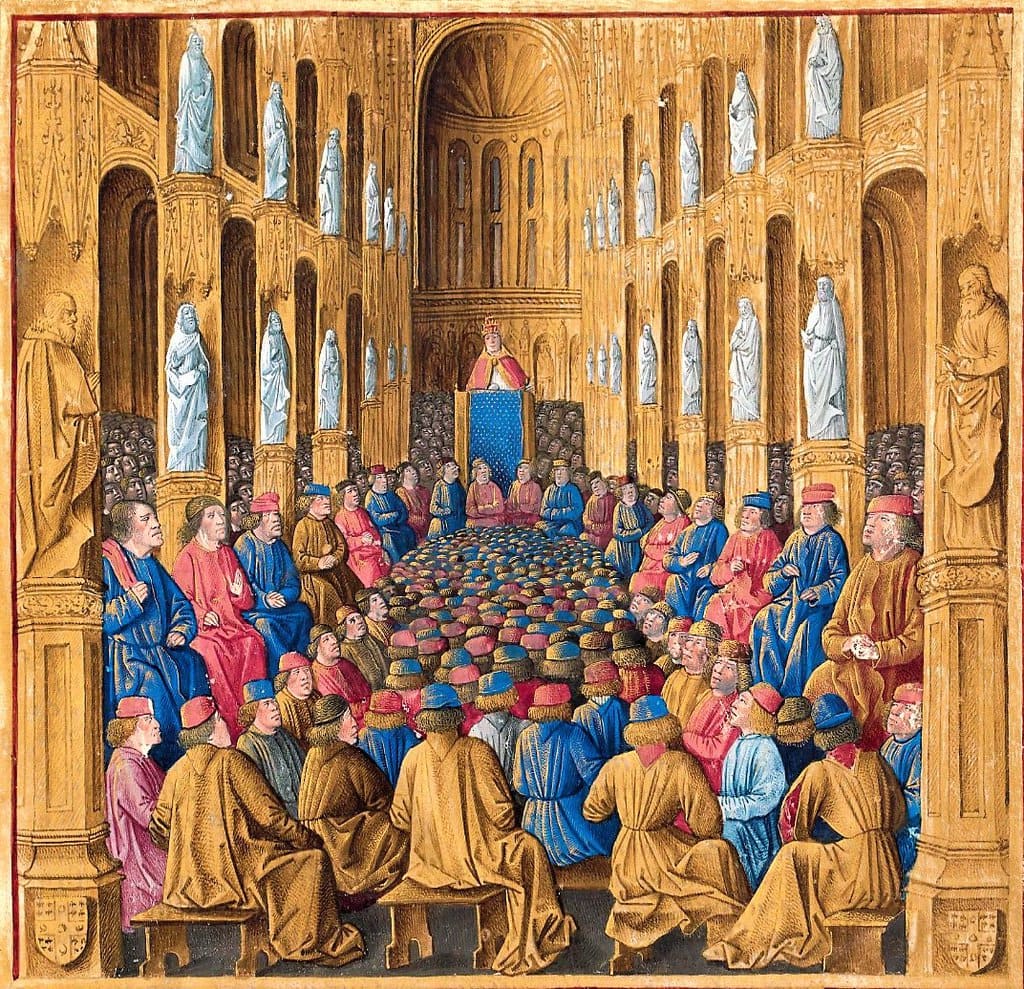
They established their headquarters in Jerusalem and gained recognition and support from various influential figures. The medieval history and origins of the Knights Templar can be traced back to two main influences: the desire to protect Christian pilgrims in a volatile region and the inspiration drawn from monasticism. The Templars adopted strict religious vows similar to those taken by monks, such as poverty, chastity, and obedience. However, they combined their devout religious practices with military training, becoming an unprecedented force on the battlefield while remaining faithful to their religious convictions. Soon after their foundation, the Knights Templar became highly respected within Europe and gained widespread popularity among nobles who supported their cause financially. This support allowed them to amass considerable wealth and influence.
The Order received numerous donations of land and money from nobles across Europe, as well as privileges granted by kings and popes. With these resources at their disposal, they established a vast network of commanderies throughout Europe and even expanded into other regions beyond the Holy Land.
Overall, this unique combination of monasticism and military prowess set the Knights Templar apart from other similar orders at that time. Their commitment to serving both God and fellow Christians made them highly revered in society. As we delve deeper into the history of this enigmatic order, it becomes clear just how instrumental they were in shaping European culture during the Middle Ages.
Influence and Wealth of the Templar Order after the Crusade of the Holy Land
The Knights Templar, a medieval Christian military order, possessed tremendous influence and wealth during their existence. Founded in the early 12th century, the Templars quickly gained recognition and support from nobles, monarchs, and the Catholic Church. Therefore, this allowed them to amass considerable power both politically and financially.
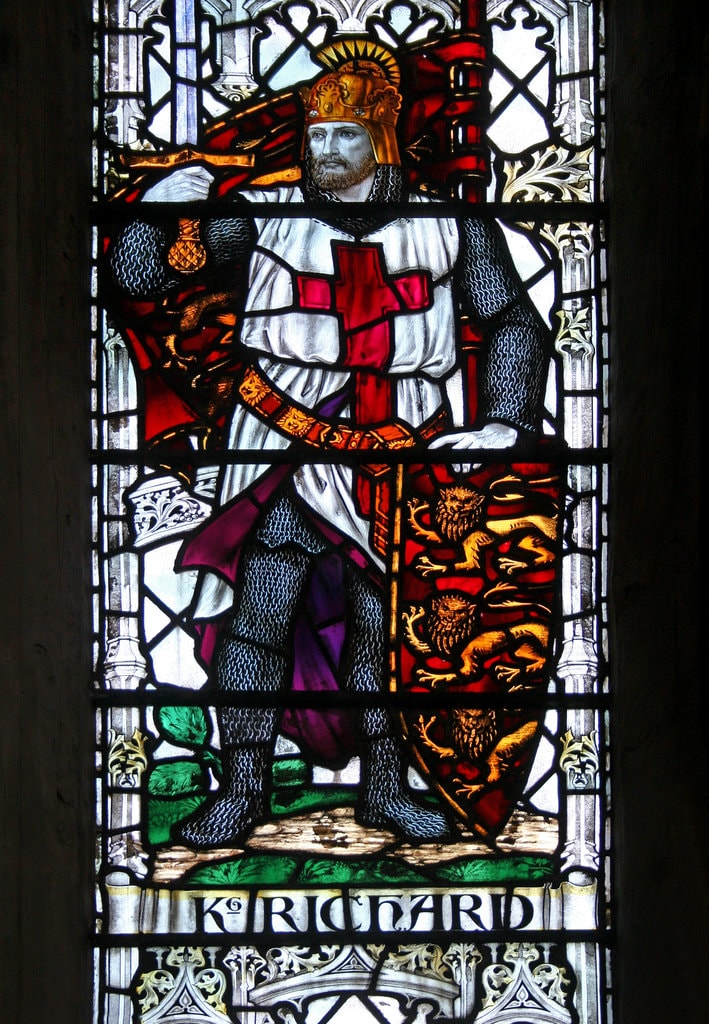
One of the reasons for the Templars rise in prominence was their unique form of banking. They established a system that allowed individuals to deposit money with the order and receive a letter of credit in return. These letters could be used to withdraw funds from any other Templar preceptory around Europe, freeing travellers from carrying large sums of money. This method not only facilitated safe transactions but also offered financial security during uncertain times.
Furthermore, as their military prowess grew, so did their holdings. The order acquired vast amounts of land across Europe, including castles, farms, and estates. Their possessions were protected by knights who also served as administrators for these properties. The Templars became not only military leaders but influential landowners as well. In addition to their financial success and property ownership, the Knights Templar enjoyed immense prestige among Christians throughout Europe.
Their dedication to defending the Holy Land during the Crusades earned them respect and admiration. They were seen as noble warriors fighting for God’s cause. This reputation further enhanced their influence within religious circles and secured them powerful allies.
To summarise, the Knights Templar held significant influence due to their innovative banking system, extensive land holdings, and prestigious image as defenders of Christianity in the Holy Land. These factors contributed to their immense wealth and power during their heyday in medieval Europe.
The King of France and the Knights Templars
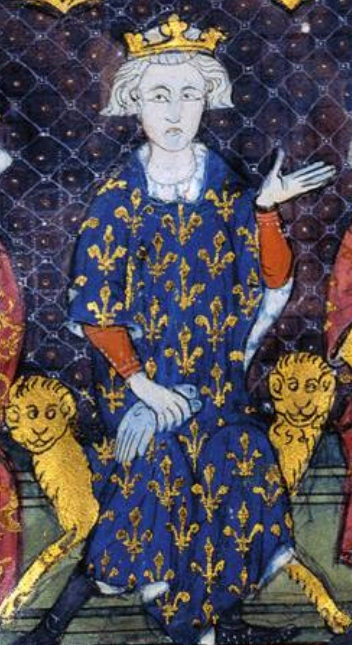
The relationship between King Philippe le Bel and the Knights Templar was initially positive. He relied on their military support during conflicts such as the Crusades and recognized their wealth and influence within European society. However, as Philip’s financial situation deteriorated, he began to view the Templars as a source of revenue and sought to control their resources.
One key event that marked a turning point in his attitude towards the Templars was when King Philip borrowed significant sums from them and struggled to repay his debt. It is believed that this financial burden became a motivating factor behind his decision to target the order. He could wipe away his debt by eliminating the Templars while acquiring their valuable assets, land, and wealth.
Philip then turned to accusations of heresy against the Knights Templar as a means to justify his actions. He manipulated public opinion by spreading rumors about their secret practices and alleged corruption. These accusations tarnished the reputation of the order, making it easier for him to rally support for their suppression.
In 1307, Knights Templars were Arrested in France
The accusations against the Knights Templar, the arrest, and the following trial marked a devastating turning point in their history. This section explores the events leading up to their downfall and sheds light on the various charges brought against them. Through torture, many confessed to false charges of heresy.
Arrest of the Templars and Friday the 13th
In the early hours of October 13th, 1307, King Philip IV of France ordered the simultaneous arrest of hundreds of Templar knights throughout his kingdom. The king had been growing increasingly envious of their power and wealth and saw an opportunity to eliminate them. With the help of Pope Clement V, who was under pressure from King Philip IV, warrants were issued for their arrest on various grounds ranging from heresy to corruption.
The arrests were meticulously planned to ensure that no Templar could escape. The king’s men seized Templar properties and arrested their leaders, including Grand Master Jacques de Molay. Overnight, many revered knights were transformed into prisoners facing a grave threat.
The Trial and Accusations
Following their arrest in October 1307 on the unlucky day of Friday the 13th, the Knights Templar faced a series of trials conducted by church officials under pressure from King Philip. These trials were notorious for their lack of fairness and abuses committed against the accused.
Accusations by Guillaume de Nogaret and Enguerrand de Marigny (Grand Chamberlain and minister of Philip IV, and the inquisitor de Nogaret) aginst the Templars ranged from denying Christ to engaging in idolatrous rituals, spitting on the cross during secret ceremonies, engaging in sodomy, performing black magic and worshipping a mysterious head known as Baphomet. Many of these allegations were not grounded in reality but rather designed to serve a specific agenda: discrediting and destroying the order. Within the Templarkey magazine articles, we explain all these allegations, including heresy.
Despite many Templars vehemently denying these charges during their trials, they faced enormous pressure to confess due to torture methods employed by their captors. It is believed that under extreme physical pain or psychological torment, some members gave false confessions – an act that would later be used against them.
Torture and False Confessions
One of the darkest chapters in the history of the Knights Templar is the use of torture and the fabrication of charges against them. In the early 14th century, as King Philip IV of France sought to bring down the powerful order, he employed brutal tactics to extract confessions from Templar members.
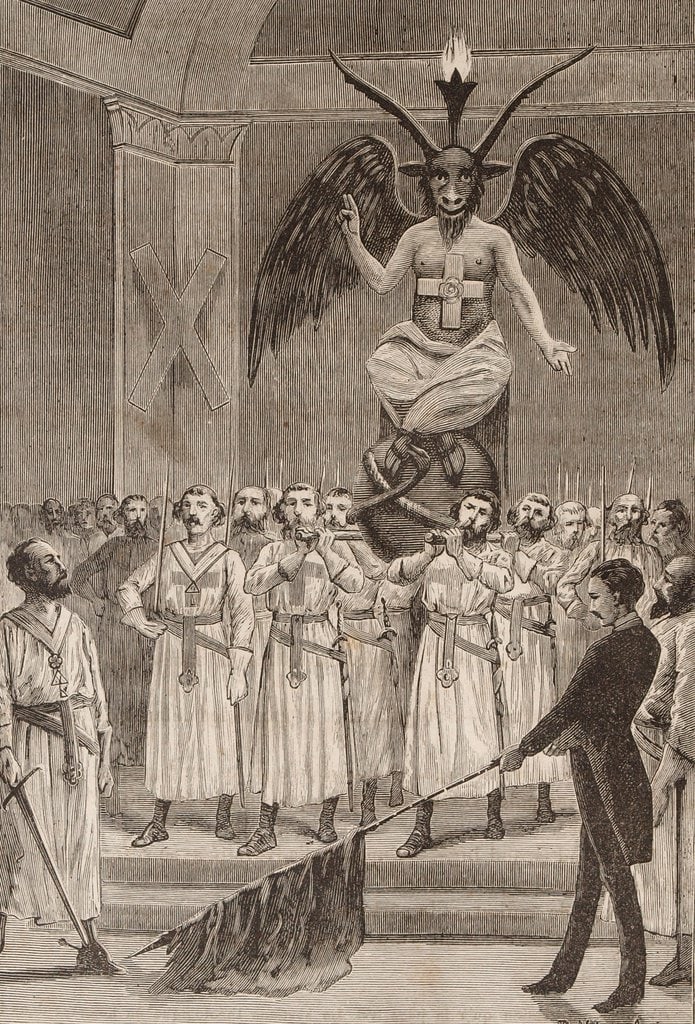
The accusations against the Templars ranged from heresy and idolatry to spitting on the cross and engaging in homosexual acts. These allegations were entirely baseless, but they served as a means to justify Philip’s actions against the order. To ensure that confessions were obtained, torture was extensively used during interrogations.
Templar knights were subjected to various forms of torture, including stretching limbs with ropes, waterboarding, and having weights tied to their feet. These methods were not only excruciatingly painful but also deeply traumatizing. Under such extreme circumstances, many knights eventually gave false confessions out of sheer desperation or to end their suffering.
Despite these false confessions, there was no evidence of any wrongdoing on the part of the Knights Templar. The accusations levied against them were purely fabricated by King Philip IV and his supporters for their own political and financial gain.
However, these false confessions played a critical role in strengthening Philip’s case against the order, leading to its eventual disbandment. Torture was not only used as a means of extracting false confessions but also as a strategy to break down resistance within the order. By subjecting Templar knights to unimaginable pain and anguish, King Philip IV aimed to weaken their spirit and loyalty. This further contributed to sowing discord among Templar ranks and ultimately led to their downfall.
The Dissolution of the Order
King Philip IV of France: The Catalyst for the Templars’ Fall
One of the key factors leading to the dissolution of the Knights Templar was the role played by King Philip IV of France. Known as Philippe le Bel in French, he ascended the throne in 1285 and quickly set his sights on weakening and eventually destroying the powerful order. There were several motives behind King Philip’s actions, including political, financial, and personal reasons.
Political Power Struggles: King Philip IV was engaged in an ongoing conflict with Pope Boniface VIII over matters of authority and jurisdiction. The king sought to assert his sovereignty over secular and religious affairs, while the pope saw himself as the supreme spiritual leader with authority over kings and emperors. The Knights Templar, an organization that answered directly to the pope, posed a challenge to King Philip’s authority.
Financial Motivations: Another driving force behind King Philip’s actions was financial gain. The Templars had amassed immense wealth through their banking activities, which made them not only powerful but also extremely wealthy. In desperate need of funds to finance his numerous wars and extravagant lifestyle, King Philip perceived the Templars’ wealth as a means to fill his coffers.
Personal Vendetta: Lastly, there is evidence to suggest that personal vendetta played a part in King Philip’s campaign against the Knights Templar. It is believed that some members of his family owed significant debts to the Templars and that clashes between them may have fueled his desire for revenge.
The Arrests, Trials, and Accusations Against the Knights Templar
In 1307, on Friday the 13th of October (which would later become associated with ill luck), King Philip ordered a coordinated arrest of all Templars within French territory. This mass arrest marked the beginning of a series of trials and accusations against the order, with charges ranging from heresy to idolatry and even homosexuality.
Torture as a Means of Extraction: The accused Templars were subjected to brutal torture methods in an attempt to extract evidence against them. These methods included the strappado (a type of body suspension), waterboarding, and the use of thumbscrews. Many Knights Templar, under immense physical and psychological duress, confessed to crimes they had not committed.
Fabricated Charges: The charges brought against the Templars were largely based on hearsay and unsubstantiated claims. With no evidence other than false confessions obtained through torture, many scholars believe that the allegations against the order were fabricated by King Philip’s agents to support his agenda.
The Dissolution of the Order: The End of an Era
In 1312, Pope Clement V issued a papal bull Vox in Excelso, which officially dissolved the Knights Templar. The bull cited corruption within the order as a reason for its dissolution but also acknowledged that it was done at King Philip’s request. The once-mighty order was disbanded, its members arrested or forced into hiding, and its properties seized.
With the dissolution of the Knights Templar, an era known for their military might, financial influence, and cultural significance came to a sudden end. Their downfall served as a warning to other powerful organizations that even those with great power could be brought down by political maneuvering and personal motives.
Despite their demise as an official organization, the legacy of the Knights Templar lives on in popular culture and historical consciousness. Their reputation as skilled warriors and protectors of Christian pilgrims persists throughout legends and conspiracy theories surrounding their supposed hidden treasures or secret knowledge. While much about their true history remains shrouded in mystery, what is certain is that the Knights Templar left an indelible mark on the medieval world. Their story continues to captivate imaginations to this day.
Aftermath and Legends
After the trial, many of the templars were burned at the stake on May 10th, 1310, including Jacques de Molay (the then Grand Master), on the 11th or 18th of March in 1314. Within our magazines, we explain more about what happened to the Templars after the Trial of the Templars, their spirituality, and our in-depth research. You can sign up for our free newsletter on this website.
The dissolution of the Knights Templar in 1312 left a void that sparked numerous conspiracy theories and legends that have endured through the centuries. One popular theory suggests that some members of the order managed to escape and went into hiding, continuing their secret activities under different names. This theory gained traction due to reports of Templar sightings and alleged underground networks that supported their survival.
Another enduring legend surrounding the Templars is their supposed link to the Holy Grail. According to this legend, the Knights held ancient relics of great power, including the Holy Grail, which they allegedly discovered during their time in Jerusalem. Many stories claim these relics were smuggled out before the Templars’ downfall, leading to speculation about their current whereabouts. See above Issue 3 [April 2022] of the Quarterly Templarkey Magazine. Conspiracy theories also abound regarding King Philip IV’s motivation for targeting the Templars.
Some suggest that he was envious of their wealth and power and orchestrated their demise for personal gain. Others believe that it was part of a larger conspiracy involving Pope Clement V, who may have been pressured by Philip or other influential figures at the time. The legacy of the Knights Templar continues to captivate minds today. The order’s renowned symbol, a red cross on a white background, has become synonymous with chivalry, honour, and courage. Their influence has left a mark on popular culture, inspiring countless books, movies, and video games featuring secret societies and hidden treasures.
| Conspiracy Theories | The Templars’ Legacy |
|---|---|
| The Knights Templar went into hiding after the dissolution | Their symbol is famous worldwide |
| Legends surrounding Holy Grail relics | Inspired countless books, movies, and video games |
| Conspiracy theories about King Philip IV’s motivation | Continues to captivate minds today |
Conclusion
In conclusion, the fall of the Knights Templar on Friday, the 13th of October, was a pivotal moment in history that marked the end of an era for one of the most influential and powerful organizations of its time. The significance of this event cannot be understated, as it not only led to the dissolution of an order that had amassed vast wealth and prestige but also gave rise to numerous conspiracy theories and myths that continue to captivate people’s imaginations to this day.
The legacy of the Knights Templar is a complex one. On one hand, they were renowned for their military might, financial prowess, and innovative banking practices that laid the foundation for modern financial systems. Their influence extended far beyond their military campaigns in the Holy Land, as they shaped European trade routes and facilitated commerce between East and West.
On the other hand, the downfall of the Templars tarnished their reputation and left behind a legacy shrouded in mystery. The accusations of heresy, idol worship, and corruption levelled against them during their trials were likely fabricated or exaggerated by King Philip IV of France and his allies, who sought to seize their immense wealth. The torture techniques used to extract false confessions further emphasized the brutality with which they were treated. Friday the 13th has since been associated with bad luck or ill omens by many cultures around the world. This superstition can be traced back to the unjust arrest and subsequent demise of the Knights Templar on that fateful day. While some people dismiss this connection as purely coincidental, others find intrigue in delving into conspiracy theories involving secret societies or hidden treasures left behind by these enigmatic knights.
Ultimately, regardless of one’s beliefs or interpretations surrounding Friday the 13th and its association with the Knights Templar, there is no denying their lasting impact on history. The fall of this once mighty order serves as a cautionary tale about power dynamics within society and the lengths some individuals will go to in order to consolidate their own power. It is a reminder that even the most influential and revered institutions can be brought down, leaving behind a legacy that continues to fascinate and inspire curiosity for centuries to come.
The Crucifixion on Friday and the 13
The four Gospels in the Bible all agree that Jesus died on a Friday, just a few hours before the start of the Jewish Sabbath (Matthew 27:62, Mark 15:42, Luke 23:54, John 19:42). They also agree that Jesus had his Last Supper with his disciples (12 apostles plus Jesus = 13) the night before his crucifixion; which happened on the following day. Mark’s Gospel states that Jesus was crucified on the day of preparation, the day before the Sabbath. It is widely believed in the Christian church that this was on a Friday afternoon.
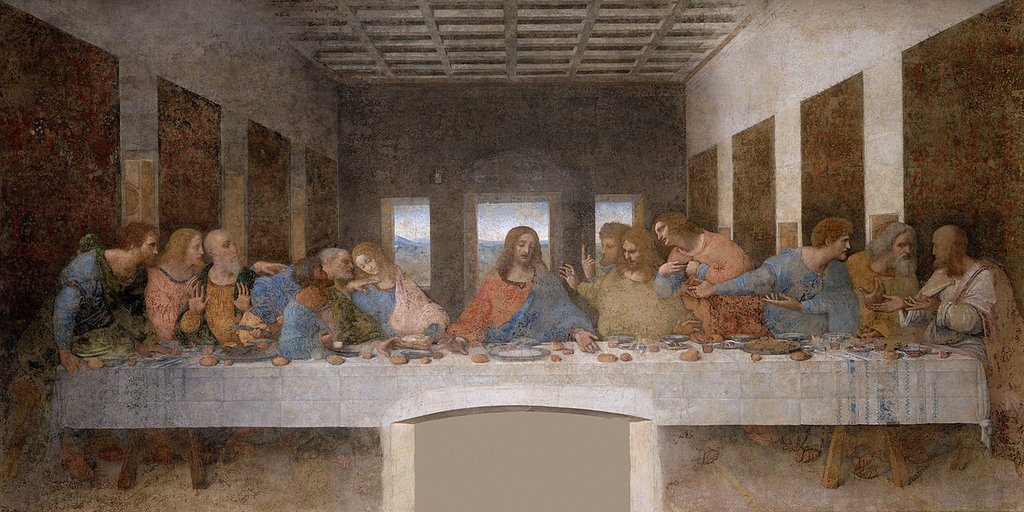
Freemasonry
Freemasonry and its fraternal brotherhood began to emerge in northern Europe some 400 years after the dissolution of the Templars and the death of their Grandmaster Jacques de Molay. The Freemasons created intricate mythologies about their Order, claiming lineage from historical sects such as the enigmatic Templars and the builders of Solomon’s Temple. The stories of the secret initiation ceremonies of the Templars proved to be a tempting source for Masonic writers. Many of them were creating new works of pseudohistory. According to Malcolm Barber, the expert historian of the Knights Templar, in his book The New Knighthood: “It was during the 1760s that German Freemasons introduced a specific Templar connection, claiming that the Order, through its occupation of the Temple of Solomon, had been the repository of secret wisdom and magical powers, which Jacques DeMolay had handed down to his successor before his execution and of which the eighteenth-century Freemasons were the direct heirs”.
Frequently Asked Questions
When Was the Fall of the Knights Templar?
The fall of the Knights Templar occurred on Friday, October 13, 1307. This significant event marked the beginning of a dramatic downfall for the renowned medieval religious military order. King Philip IV of France ordered the simultaneous arrest of numerous Templars in France, seizing their assets and accusing them of various crimes.
Who Took Down the Knights Templar?
The Knights Templar were taken down by a combination of forces mainly led by King Philip IV of France and Pope Clement V. The King was motivated by financial reasons as well as his desire to consolidate power and eliminate potential rivals. Pope Clement V, under pressure from the king, reluctantly supported the suppression of the order after facing accusations against them.
Were Knights Templar Good or Bad?
Assessing whether the Knights Templar were good or bad is a complex task with differing perspectives. Originally established to protect Christian pilgrims travelling to Jerusalem during the Crusades, they gained wealth, influence, and power over time. The Templars were known for their military prowess and financial innovations but faced allegations of corruption and heresy. It is important to consider that opinions on their overall impact vary depending on historical context and personal viewpoints.
Did any Knights Templars Survive?
Although many members of the Knights Templar were arrested and executed after their fall, some managed to escape capture or receive assistance from sympathetic parties. A number of Templars found refuge in other countries where they underwent reorganization under different names or joined other knightly orders such as Hospitallers or Teutonic Knights. The survival of individual Templars varied across regions, but as an organized entity, they disbanded.
Why did the Knights Templars Fall?
The fall of the Knights Templar can be attributed to multiple factors that converged in a perfect storm against them. The main reasons included their immense wealth, which made them vulnerable to manipulation by powerful figures like King Philip IV seeking financial gain; accusations against them involving heresy, idolatry, and other crimes that fostered distrust; political machinations aiming to weaken or eliminate opposition; and their diminishing military relevance as the Crusades declined. The combination of these factors ultimately led to their downfall.

![Fall of the Knights Templars: Fear of Friday the 13th Issue 3 [April 2022] of The Quarterly Templarkey Magazine.](https://templarkey.com/wp-content/uploads/2022/04/Issue-3-TEMPLARKEY-Magazine.png)